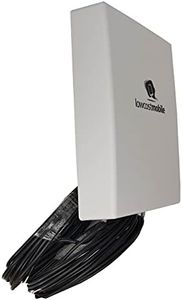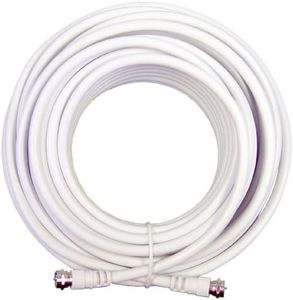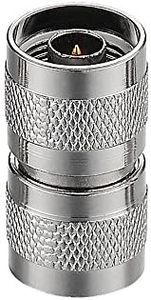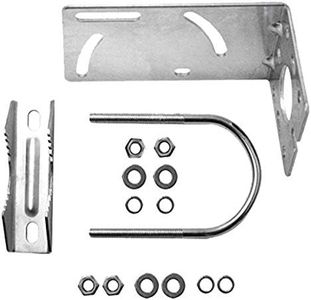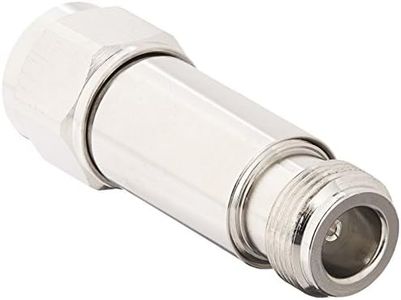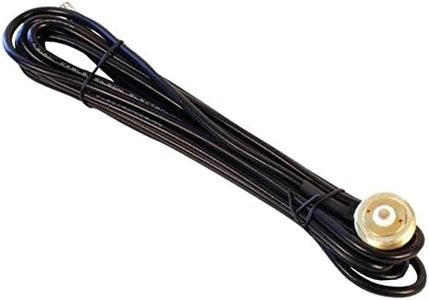We Use CookiesWe use cookies to enhance the security, performance,
functionality and for analytical and promotional activities. By continuing to browse this site you
are agreeing to our privacy policy
10 Best Cell Boosters
From leading brands and best sellers available on the web.Buying Guide for the Best Cell Boosters
Choosing a cell booster (also known as a cell signal booster or repeater) can make a big difference if you struggle with weak mobile phone signals at home, at your business, or on the go. The right booster will improve call quality, increase data speeds, and reduce dropped calls by capturing weak outside signals and amplifying them indoors. Before buying, it's important to know about your surroundings, what devices you use, and the size of the area where you need better coverage. Understanding key specifications will help you to pick a model that genuinely fits your needs.Coverage AreaCoverage area tells you how much space the booster can improve, typically measured in square feet or meters. This is important because you want to make sure the booster can cover your whole building, or at least the areas where you use your phone the most. Small coverage boosters are good for single rooms or vehicles, while medium ones work for apartments or small homes, and large coverage models are better for big homes or offices. Choose a coverage area that matches the part of your property where you often have signal problems.
Supported Carriers and NetworksNot all boosters work with every mobile carrier or network type (like 3G, 4G/LTE, or 5G). This matters because a booster must be compatible with your carrier and the network your phone uses; otherwise, it won't help you. Some boosters are single-carrier, ideal if everyone uses one provider, while multi-carrier boosters support several providers at once and are better for groups with different carriers. Make sure the booster supports your carrier and the network bands you use most often.
Gain (dB)Gain refers to how much the booster can amplify a signal, measured in decibels (dB). Higher gain means it can boost weaker signals more effectively, but there are legal limits to how strong this can be. Low-gain boosters are fine for places where the signal isn't too bad, while high-gain boosters help where the signal outside is very weak. Consider how poor your current signal is—if you have almost no service at all, higher gain is often necessary.
Number of Users/Devices SupportedA booster can usually handle a certain number of devices at once. This spec is important if you have a lot of people who will be using their phones, tablets, or mobile internet inside your coverage area. Some basic models might support only a few users well, while more advanced ones support dozens or even whole offices. If you have a busy household or workspace, look for a model that can handle all the devices people plan to use at the same time.
Installation TypeInstallation type refers to how easy or complex setting up the booster will be. Some boosters are simple plug-and-play options great for single rooms or cars, while others need you to install outside and inside antennas, which might require drilling or running cables through walls. If you want something quick and easy, look for minimal-installation products. For the best performance over large spaces, be prepared for a more involved setup or consider professional installation.
Power SourceThe power source shows how the booster gets electricity. Some use standard outlets, others are made for car adapters or can use DC power for RVs. It's important to match the power option to where you need coverage—if it's for your home or office, standard AC is fine. For vehicles or remote sites, look for boosters that support the right kind of portable or vehicle power.
